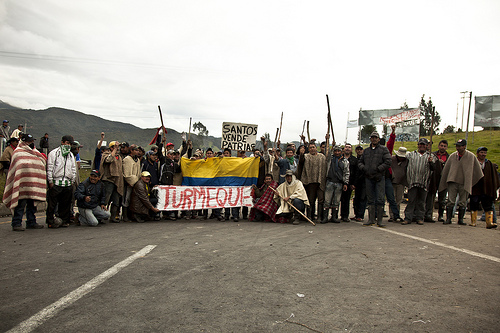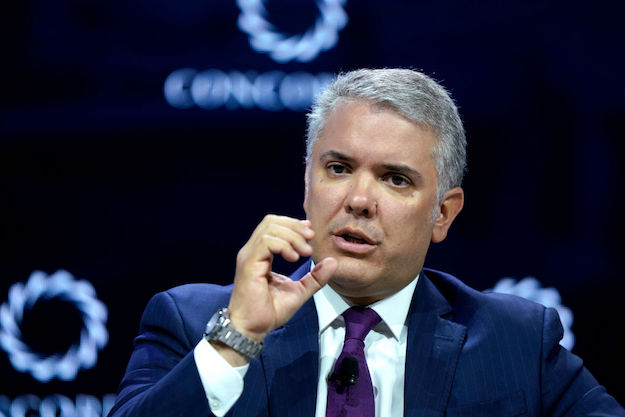On August 19, 2013, after several failed attempts to bring the Colombian government’s attention to their economic struggles, peasant organizations from all over the country halted agricultural production and blocked interstate highways nationwide. This Sunday, the Colombian government announced that it had reached a preliminary agreement with the striking farmers, who agreed to lift their roadblocks this week.
The strike and road blockades were quickly felt in departmental capitals like Bogotá, Pasto and Tunja, where food shortages and mobility restrictions affected millions. Violent clashes in the capital and elsewhere during the three-week protest led to at least five deaths.
View a slideshow of the road blockades set up by Colombian farmers from Boyacá.
Click here to view an expanded version of the slideshow.
The farmers’ grievances stretch back to the early 1990s, during a process of financial and commercial liberalization in Colombia that eliminated subsidies to the agricultural sector. As a result, farmers have struggled to pay their loans and to compete with cheap produce imported from the European Union, the United States, Mexico, Chile, and other countries that have recently signed free-trade agreements (FTAs) with Colombia.
This year, the elevated prices of agricultural supplies like fertilizers and seeds and high transportation costs due to an increase in gasoline prices have added to Colombian farmers’ economic woes. Demands include tax exemptions for fertilizers and other products and subsidies to offset the declining prices of their crops—spending that could amount to as much as $1.5 billion, according to Colombian Finance Minister Mauricio Cárdenas.
Santos called for a national dialogue on September 12 to address the farmers’ demands and to reach a final agreement.
While Santos’ ministers negotiate with representatives from the farmer organizations, analysts agree that a lasting solution to the agrarian crisis will take time and effort—and that structural reforms to Colombia’s traditionally unequal distribution of land and wealth cannot wait any longer.
All photos courtesy of the author and Federico Pardo.








